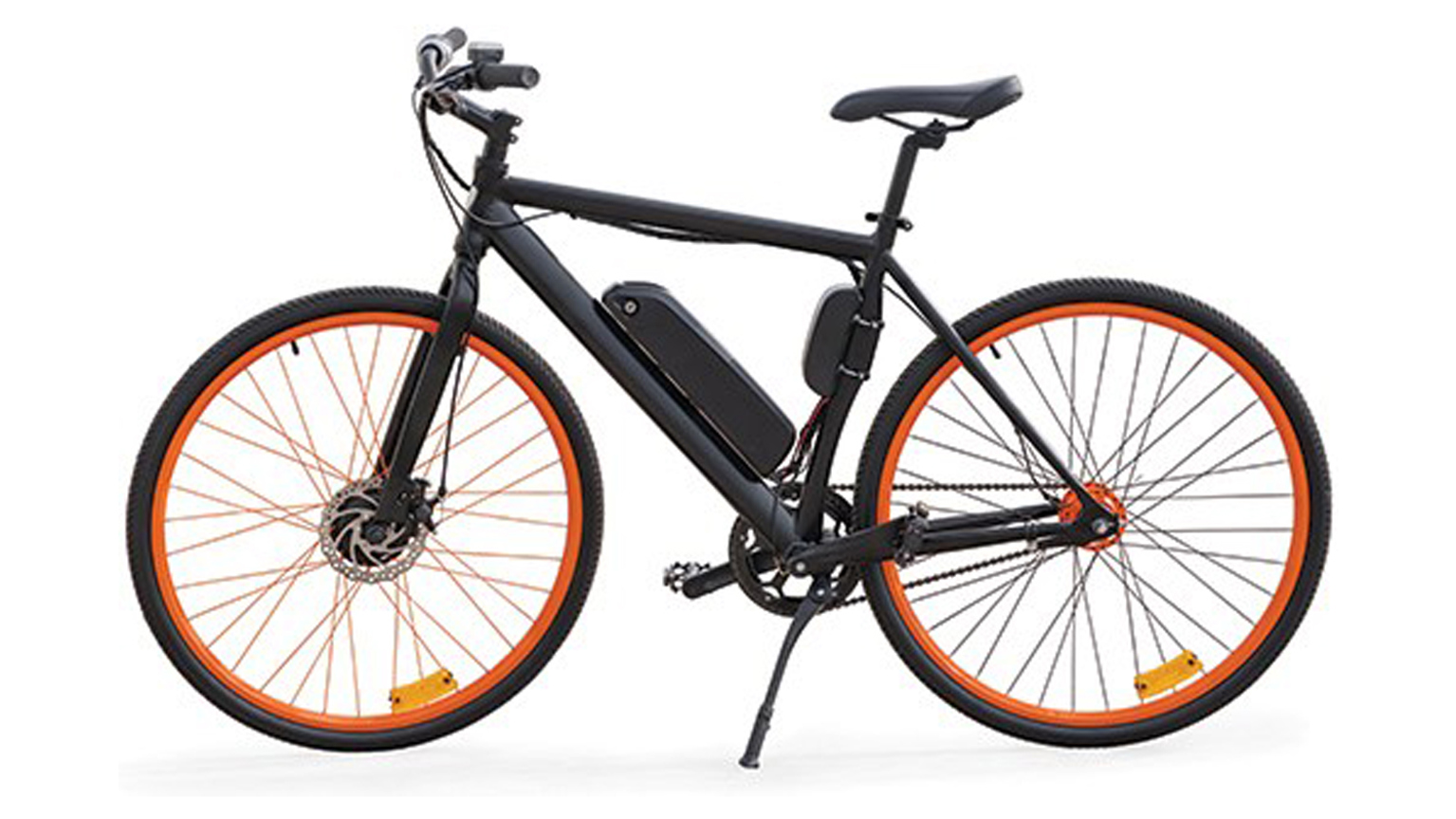Electric bikes
Electric bikes, or e-bikes, are increasingly popular in Auckland. They're ideal for getting around our hilly, spread out city.

E-bike basics
E-bikes help you zip up hills, travel further faster, and arrive at your destination feeling fresh.
There's a huge range of e-bike styles for all kinds of riders. Try a range of styles to find the one that suits you best.
E-bikes are heavier than regular bikes, which means they handle differently. Most shops will be happy to let you go for a test ride. It's wise to ask all the questions you would when buying a regular bike.
Features
Motors
- E-bikes come with a range of power settings which change the level of assistance. Some also have a throttle.
- The motor can be in the front or back wheel or in the middle of the bike around the bottom bracket.
- A motor in the rear wheel or bottom bracket is ideal, as it makes the bike easier to control.
Batteries
- Batteries are usually attached to the bike frame, or on a rack over the rear wheel.
- You can remove the battery pack to charge it, or charge it while it's still on the bike.
Speed
- E-bike speeds vary depending on the type of motor and batteries a model has.
- Some bikes have a top motor-assisted speed of 25km/h. Others reach 32 km/h or higher.
Tips for riding e-bikes
- Spend time getting used to your e-bike in an empty car park or elsewhere away from traffic before trying longer rides.
- Keep an eye on the display panel showing how long you can ride before the battery runs out.
- Ride safely on the road by scanning well ahead, signalling and making eye contact with drivers.
- You can ride an e-bike with the motor off, but its weight can make it hard work to pedal.
Using gears and levels of assist
- Use the gears on an e-bike as you would on a normal bike.
- Change down into an easier gear for going uphill or coming to a stop.
- Change into a higher gear when going fast or downhill.
- Try out different levels of assist and how they respond when you're stopping and starting.
- Practise changing levels of assist. The higher the level, the less range you will get from the battery.
- If you stop at an intersection in a high gear and high level of assist you'll take off quickly when you start pedalling again.
Adjusting your speed
- Be cautious — you're likely to go faster on an e-bike than on a regular bike.
- On a shared paths, use a low power setting and ride slowly. Use a bell, and give others plenty of space when passing.
Last updated
Back to top